New NMFS Initiatives Benefit Longlines and Harm Recreational Community
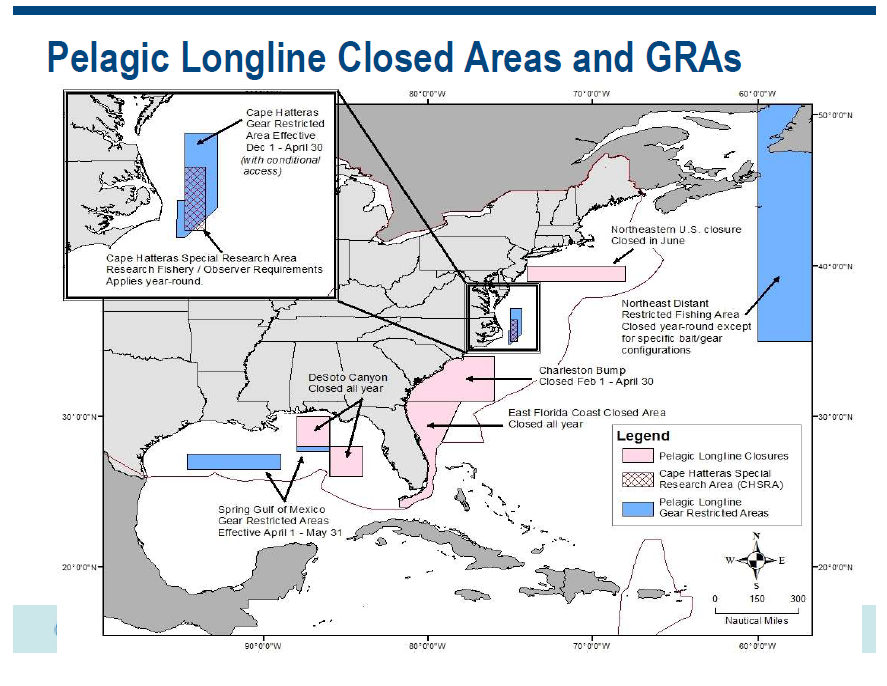
The National Marine Fisheries Service (NMFS) is proposing initiatives that once again ignore the recreational fishing community and do not benefit billfish conservation. NMFS seeks to reinvigorate commercial catch by loosening regulations on the longline fishery. This comes despite the fact that NMFS scientists and scientists of the International Commission for the Conservation of Atlantic Tunas (ICCAT) have made it clear that fishing pressure must be reduced on overfished marlin and other species – or to use a precautionary fishing approach. These new adjustments are irresponsible and show a true lack of regard for our community, the economic capacity
New Gear Restrictions May Help Billfish in the Pacific
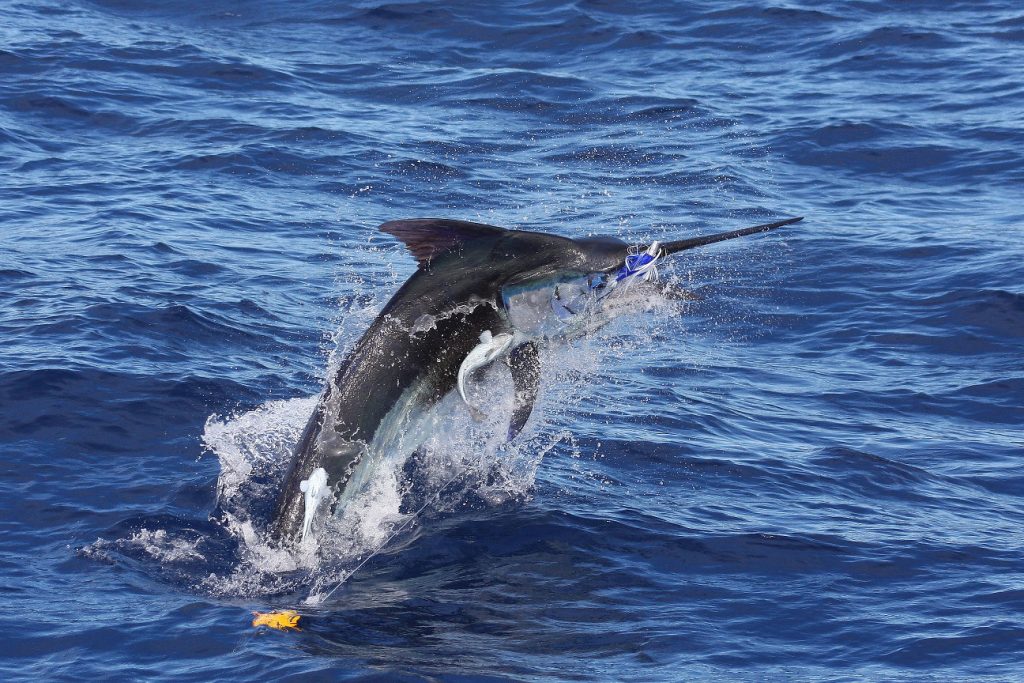
The Inter-American Tropical Tuna Commission recently announced new requirements for fisheries targeting tuna in the Eastern Pacific Ocean (EPO). These new regulations intend to reduce sea turtle bycatch but have the potential to help billfish as well. While much of the resolution focuses on sea turtle-specific protections, two major factors may also benefit billfish. These include the increasing observer coverage on commercial fishing boats and the use of circle hooks. The first way this resolution may help conserve billfish is the intent to bolster observer coverage onboard commercial vessels. Observers are independent beings (not tied to the fishing boat)
New Blue Marlin Study Illuminates Age-Length Relationship
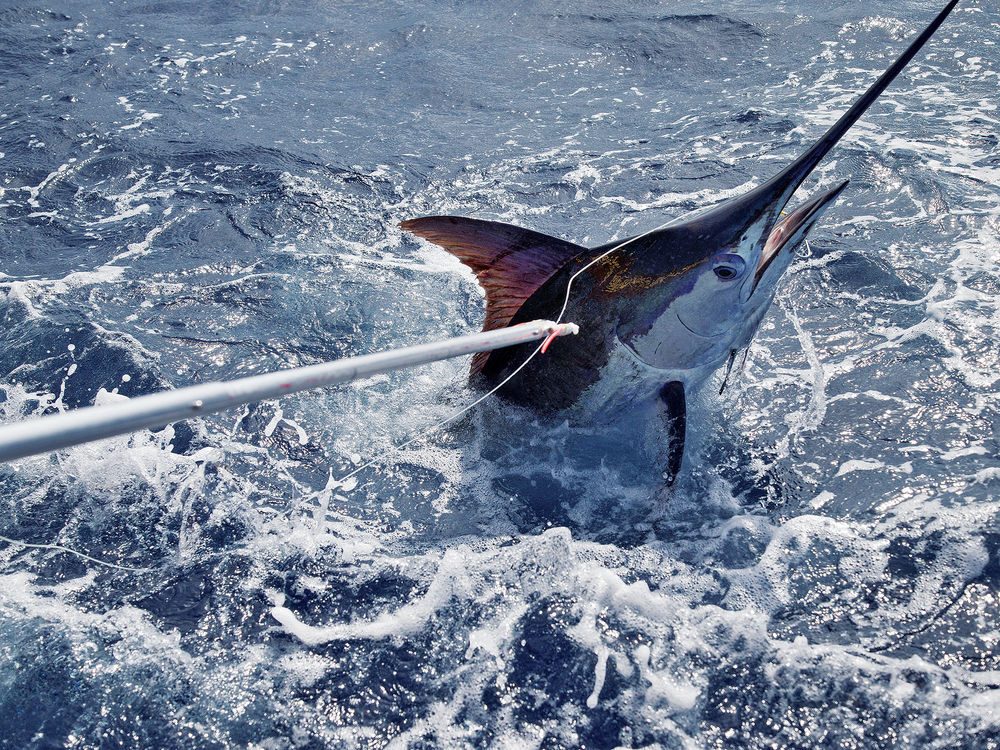
A new TBF-supported study out of the University of Miami made great strides in understanding the relationship between age and growth of Atlantic blue marlin. The study examined growth annuli in anal fin spines of 1,638 blue marlin caught as bycatch in Venezuela to determine the age of each fish. Growth annuli are small rings inside of the fin spine that increase in number as the fish ages, much like the rings in a tree trunk. They then correlated this age information to the lower jaw fork length (LJFL) to determine how well LJFL predicts fish age. The study found
Atlantic Bluefin Tuna Quota Transferred
Fifteen metric tons of Atlantic bluefin tuna quota was transferred from the Reserve Category to the Harpoon Category, bringing the total tonnage for the category to 91 metric tons and leaving 98 metric tons in Reserve to be used as the agency thinks best over the balance of 2019. This transfer will be in effect through November 15, 2019 or until the Harpoon category quota is reached, whichever comes first, and only applies to those commercial vessels with an Atlantic tunas Harpoon category permit. This is at a time when some federally permitted Atlantic tunas dealers are not accepting
TBF Submitted Comments on Two NMFS Planned Actions
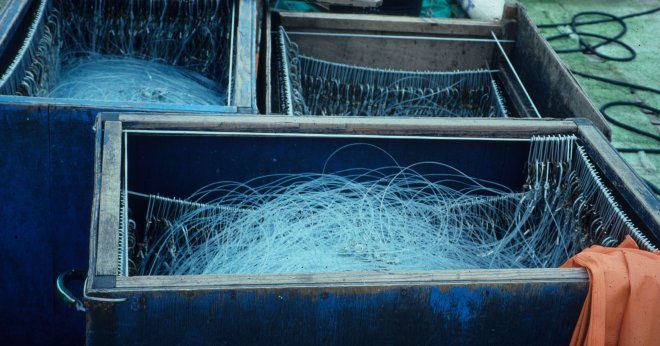
The first action plan from National Marine Fisheries Service (NMFS) is a proposed Amendment 13 for Atlantic Bluefin Tuna that included a tremendous array of options to modify how Atlantic bluefin tuna are managed. Because the Purse Seine Category has not landed any of its quota due to size constraints it has evolved into a robust business by leasing their uncaught quota tonnage to the longline vessels. The Angling and General Category (Rod & Reel) each can catch more tonnage if the agency would redistribute some of the Purse Seine tonnage to each. The second action that we are
Proposed Modifications to Pelagic Longline Bluefin Tuna Area-Based and Weak Hook Management Measures
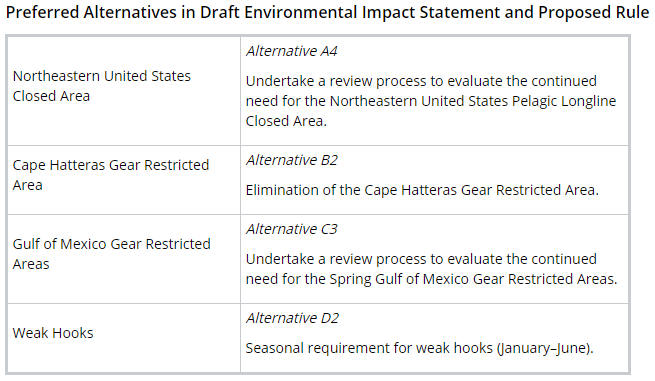
NMFS proposes to modify the one-month closed zone off New Jersey and the spring two-month gear restricted area in the Gulf of Mexico to become Monitoring Zones with an annual allocation for pelagic longline vessels. If reported data indicates the allocation is close to being landed, the zones will be closed for the balance of the year. Accountability is the weak link, without an observer on board, billfish reporting is likely going to receive a low priority. The Cape Hatteras Gear Restricted Area will be opened to pelagic longline fishing, again accountability on bycatch species caught, specifically billfish, will
Options to maximize Bluefin Tuna in the Atlantic Ocean
Amendment 13 to the Highly Migratory Species Fishery Management Plan proposes many options striving to maximize utilization of the U.S. bluefin quota. Half of the options propose changes to the pelagic longline fishery’s Individual Bluefin Quota (IBQ) current management strategy and the other half proposes options that include all managed fishing Categories, including the Angling Category. Three Key Amendment Options: 1. Abolish Purse Seine Category – because no bluefin tuna have been landed since 2015, the unused tonnage should be redistributed to other fishing Categories, except for the pelagic longline vessels in the Gulf of Mexico.
White Marlin Stock Assessment Update
The June 2019 assessment of white marlin’s relative abundance remaining in the water offered mixed results, “overfishing” had stopped, but the authorized catch limit is still being exceeded. So management needs to carefully keep an eye on this stock. Although there was some evidence of rebuilding in recent years, the stocks remain significantly overfished and if mortality is not curbed the abundance will continue to decline. Inadequate reporting by many nations continues commercially on discards, as well as those from artisanal and some recreational fisheries continue who take marlin species. Some of the solutions offered to ICCAT were:
Help Keep Pelagic Longlines OUT of Closed Zones

The U.S. pelagic longline closed zones and gear restricted areas were established to reduce bycatch of juvenile swordfish by protecting nursery grounds, overfished marlin, sailfish, which remain overfished, large coastal sharks (some remain overfished), marine mammals and loggerhead (“Threatened” under the Endangered Species Act) and leatherback sea turtles (Endangered under the ESA). At the time the U.S. fleet was not landing its swordfish quota, rather it was catching 80% of the Atlantic-wide undersize swordfish, reported as dead discards until international management decided that practice had to stop by 2004. Authorizing pelagic longline vessels back into juvenile swordfish nursery areas
New Exempted Fishing Permits for Longlines off US West Coast
Exempted Fishing Permits were issued by the Pacific Fishery Management Council on April 29, 2019 to two vessels to fish off the U.S. west coast in federal waters (Exclusive Economic Zone) with pelagic longline gear. The listed purpose is to collect data about the performance of shallow-set (pelagic) longline gear and mitigation measures to minimize adverse environmental impacts. Restrictions include 100% observer coverage, strict limits on incidental hooking, entanglements and mortality of loggerhead and leatherback sea turtles, no fishing within Southern California Bight (Santa Barbara County south to the border with Mexico) and within leatherback sea turtle critical habitat




